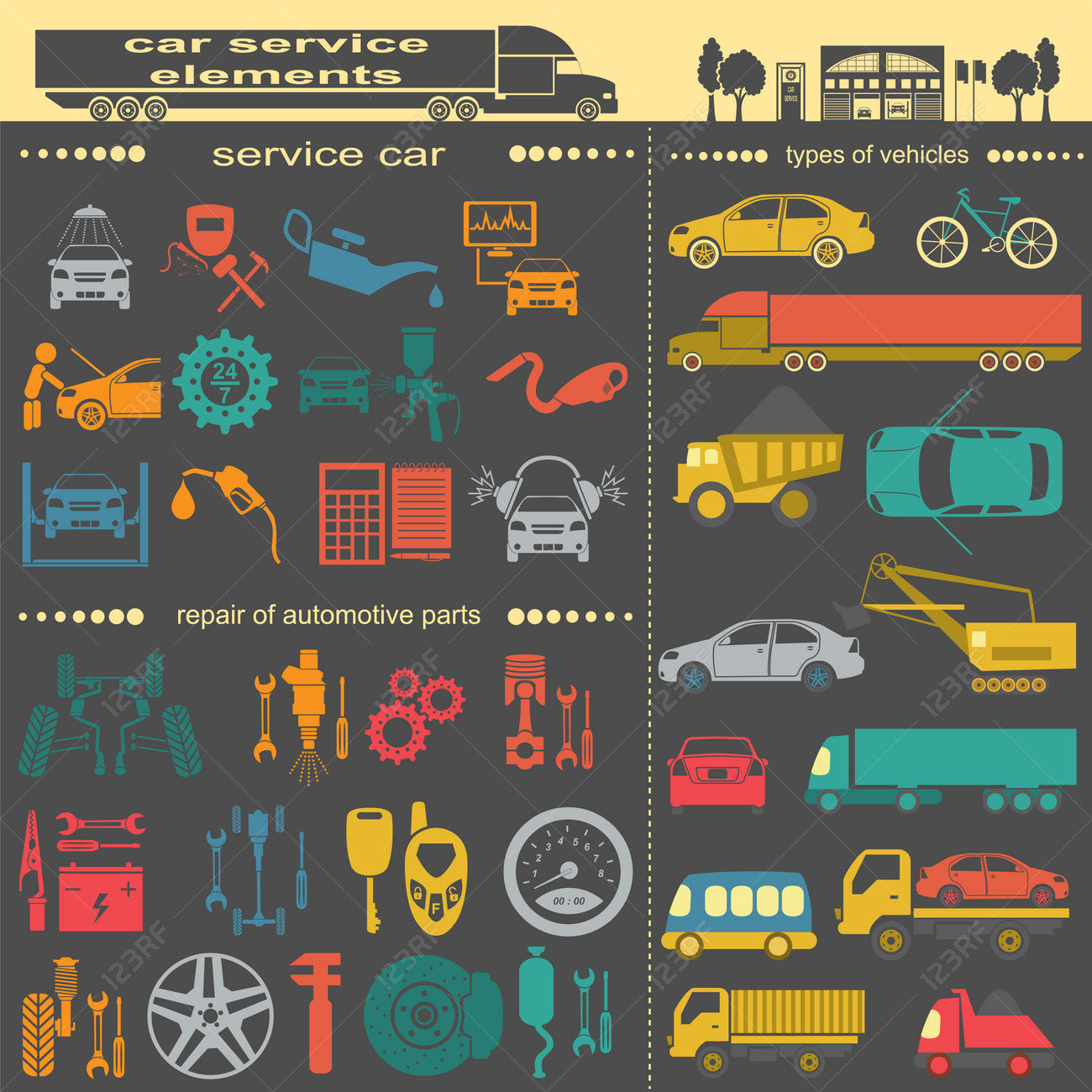Seeking Clearness On The Warning Lights Presented On Your Car'S Dashboard? Learn Exactly How They Connect To Your Automobile'S Health And Safety
Seeking Clearness On The Warning Lights Presented On Your Car'S Dashboard? Learn Exactly How They Connect To Your Automobile'S Health And Safety
Blog Article
Web Content Writer-Termansen Kejser
When you're behind the wheel, those glowing caution lights on your control panel can be a little bit bewildering. Do you know what they're attempting to tell you about your automobile's health? Understanding the importance of these lights is important for your safety and the longevity of your automobile. So, the following time among those lights pops up, would not you wish to analyze its message properly and take the required steps to address it?
Common Warning Lighting and Interpretations
Determine usual warning lights in your cars and truck and comprehend their significances to make certain risk-free driving.
One of the most normal warning lights include the check engine light, which signals problems with the engine or exhausts system. If this light begins, it's vital to have your lorry inspected without delay.
The oil pressure advising light indicates low oil stress, calling for instant focus to stop engine damages.
A blinking battery light could suggest a damaged charging system, possibly leaving you stranded if not dealt with.
The tire pressure tracking system (TPMS) light alerts you to low tire pressure, influencing automobile security and fuel performance. Overlooking this could bring about unsafe driving problems.
The abdominal muscle light indicates an issue with the anti-lock stopping system, endangering your capability to quit swiftly in emergency situations.
Last but not least, the coolant temperature cautioning light warns of engine overheating, which can cause extreme damages if not solved quickly.
Comprehending these typical caution lights will aid you address concerns promptly and keep safe driving problems.
Relevance of Prompt Attention
Understanding the usual caution lights in your automobile is just the very first step; the significance of promptly dealing with these warnings can't be highlighted enough to guarantee your safety and security when driving.
When a warning light illuminates on your control panel, it's your car's means of connecting a prospective problem that requires focus. Ignoring these cautions can lead to much more extreme problems down the road, endangering your safety and security and potentially costing you a lot more in repairs.
Motivate interest to advising lights can stop malfunctions and mishaps. For instance, a flashing check engine light can show a misfire that, if left neglected, could create damages to the catalytic converter. Addressing https://www.lubbockonline.com/story/news/crime/2021/12/21/suspect-arrested-fatal-shooting-lubbock-auto-repair-shop/8982722002/ can conserve you from an expensive repair service.
Likewise, a brake system alerting light could signify low brake fluid or worn brake pads, essential elements for your safety when driving.
DIY Troubleshooting Tips
If you discover a warning light on your dashboard, there are a few do it yourself fixing pointers you can attempt before looking for expert assistance.
The first step is to consult your car's guidebook to understand what the particular caution light shows. In some cases the concern can be as basic as a loose gas cap activating the check engine light. Tightening the gas cap might settle the trouble.
https://ecutuning95049.bligblogging.com/30822706/top-5-myths-regarding-car-outlining-debunked is a low battery, which can activate various advising lights. Checking the battery links for deterioration and ensuring they're safe and secure could repair the issue.
If a warning light persists, you can try resetting it by disconnecting the vehicle's battery for a couple of minutes and then reconnecting it. In addition, checking your automobile's fluid degrees, such as oil, coolant, and brake liquid, can help troubleshoot warning lights connected to these systems.
Conclusion
Finally, comprehending your cars and truck's warning lights is essential for keeping your car running smoothly and safely. By promptly dealing with these signals and recognizing what they imply, you can avoid expensive repair work and potential break downs.
Keep in mind to consult your vehicle's handbook for particular details on each warning light and act accordingly to guarantee a hassle-free driving experience.
Keep notified, stay safe when traveling!
